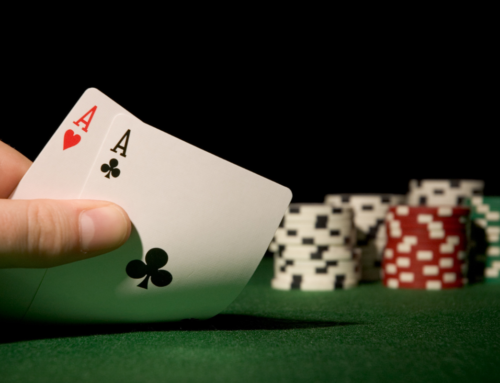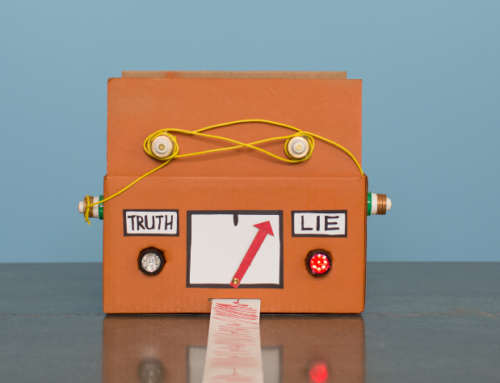Respect is a hot-button issue, especially for people who feel threatened or not well-established in the social hierarchy. If your autonomy is under siege, respect will often be a big issue for you. So how do you spot respectful body language – or its opposite?
People will unconsciously try to dominate someone that they perceive to be socially, financially, or hierarchically lower than themselves. That dominance often expresses itself in terms of relative height. Watch an executive team – or any business team – sitting around a table. The dominant players will keep their heads higher than the others.
So the first way to show respect is to lower yourself physically to the other person’s level or below it. We see this behavior when an adult tries to treat a younger person like an equal. Often the adult will lower herself so that her head is at the same height as the child’s. That’s a form of respect, and it usually gets good results in terms of opening the child up and making him comfortable – if it’s not done clumsily.
Respect is also signaled by the way we position our heads in others’ company. If we raise our chins above the neutral horizontal level, we can be signaling an aggressive move to take charge – or to show disrespect to the other people. Similarly, if you want to avoid threatening someone else, keep your eyes lowered and your head down. The opposite move conveys a threat or an attempt at dominance.
Dominant people tend to take up more space in the room, by splaying out their legs and feet, slouching in a chair to occupy more space in the room, and by using their arms and hands to take up more space horizontally. Prime Minister Winston Churchill, a short man, often stood with his elbows angled out – the short person’s way of taking up more space (when the vertical is not an option). The attempt to dominate a room in this way can be taken as an act of disrespect, depending on the players involved, or more positively as a way of demanding respect from others. And once again, its opposite (taking up less space) can be a sign of respect.
One of the universally understood facial gestures is disgust, involving a downturn of the mouth. That can signal disrespect, as can the sneer, when one side of the mouth is pulled up. Eye contact that goes on too long, finally, can be a sign of disrespect, and submissive eyes, that don’t maintain eye contact for long, a sign of respect.
We humans retain cues from our animal past in the ways we dole out respect or disrespect, and most of the cues involve manipulating the physical space we’re in, or signaling attitude with the face.








I used to bend down to talk with my daughter, Katie, when she was a toddler–for the reason you mentioned, Nick. In true kid fashion she imitated me and cancelled the gesture out!
Hi, Maureen —
Thanks for the comment. Clearly, your child understood respect at a very early age.
Nice article, thanks for the information.